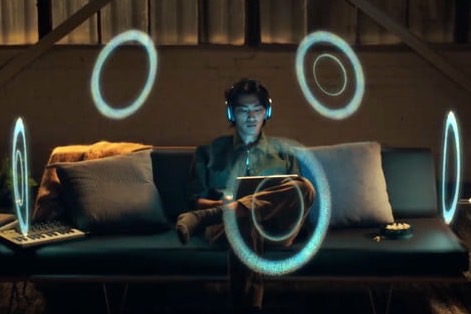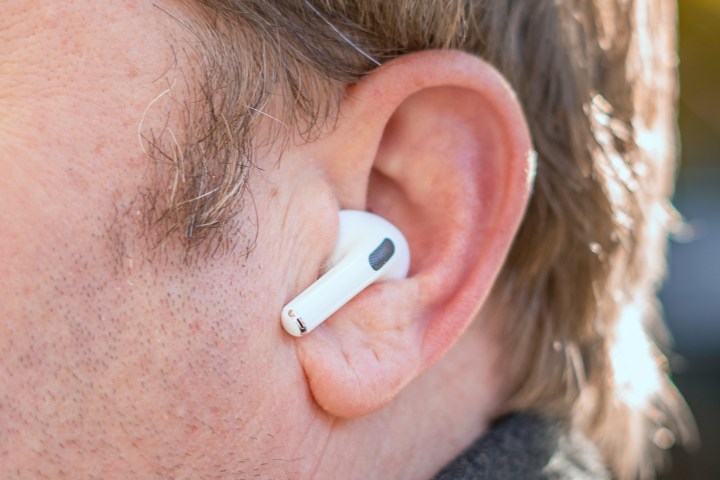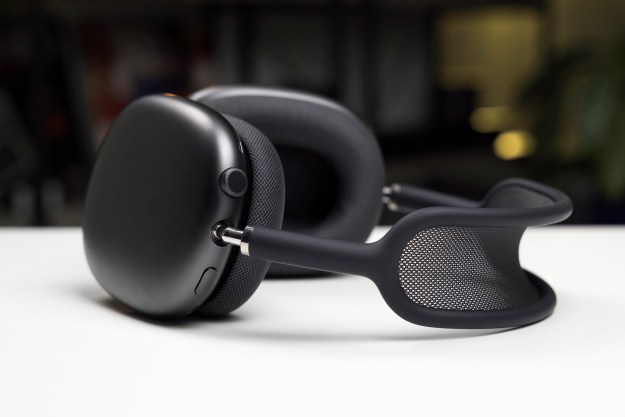Last week, as part of its WWDC 2021 announcements, Apple revealed that it had enabled Dolby Atmos Music for thousands of tracks on Apple Music. The best part? The new immersive music format will work when using any set of wired or wireless headphones as long as you’re using an Apple device (like an iPhone or iPad) for playback.
But the same isn’t true for listening to Dolby Atmos movie soundtracks using headphones. For video content with
You’re the center of the universe

The intent, however, is always the same: To place the listener (and/or viewer) within the sound field so that they experience a greater sense of depth, width, height, and can perceive movement as individual sounds change their positions throughout playback.
Spatial for music

Music performances can benefit from
These elements don’t need to be static. If the musician wants, they can move these sound “objects” independently from one another, and there’s almost no limit to the number of sounds they can control this way.
This version of
Second,
For the most part, (we’ll discuss an exception below) it doesn’t matter how you, as the listener, are oriented. You can turn your head in any direction or even be lying on your back —
Spatial for movies

When it comes to movies,
This is important: Music presented in
When sitting in a theater (or at home), turning your head doesn’t change where the sounds are coming from because the position of the theater speakers is fixed.
This relationship of the screen to the viewer is easy to maintain when neither the screen nor the speakers move around. It’s even possible to keep the effect when using the built-in speakers on a phone, tablet, or laptop. But when you introduce
Tracking your head

In order to preserve the multichannel, multi-speaker sound of
All of the sound that would normally be coming from speakers placed around your room needs to be virtualized into a two-channel presentation. This is the technology that tricks your brain into thinking that a sound is coming from behind your head, even though it’s actually coming from those tiny speakers you’re wearing.
If we stopped there, you’d still get the full benefit of
So to achieve an immersive — and dynamic — sound experience (one that can adjust on the fly to changes in the orientation of the listener’s head) we need a second technology: Head tracking.
With head tracking, the virtualized
At the moment, only the
What if I don’t care about head tracking?
Good question. As much as head tracking is clearly helpful for preserving the
But at the moment, Apple has set a higher standard for video-based
Apple hasn’t indicated when or if it will revisit this policy, which means that it will likely fall to services like Netflix, Disney+, Amazon Prime Video, and any other streaming service that supports
Why doesn’t spatial audio for music use head tracking?
Right now, Apple doesn’t use the AirPods Pro and Max’s head-tracking tech for
For a lot of songs, adding head tracking won’t really improve the experience. Much like stereo before it, you can be hanging upside down with your eyes closed and still enjoy the extra dimensions that
But some tracks will definitely be enhanced by head tracking. Any songs that were recorded at a live performance (as opposed to in-studio) will feel far more real when the band’s presence on stage is locked into place relative to your head’s orientation.
For live music fans, this will be a big reason to adopt Apple Music on an Apple device, along with the AirPods Pro and
Editors' Recommendations
- Spatial audio via headphones: how science crams 9 speakers and a subwoofer inside your head
- Apple’s Dolby Atmos Music bounty could be a disaster for the format
- Apple has upgraded the AirPods Pro with lossless audio, sort of
- Soon, Apple AirPods Pro will be able to react to your environment
- Just wait until you hear lossless Dolby Atmos Music



